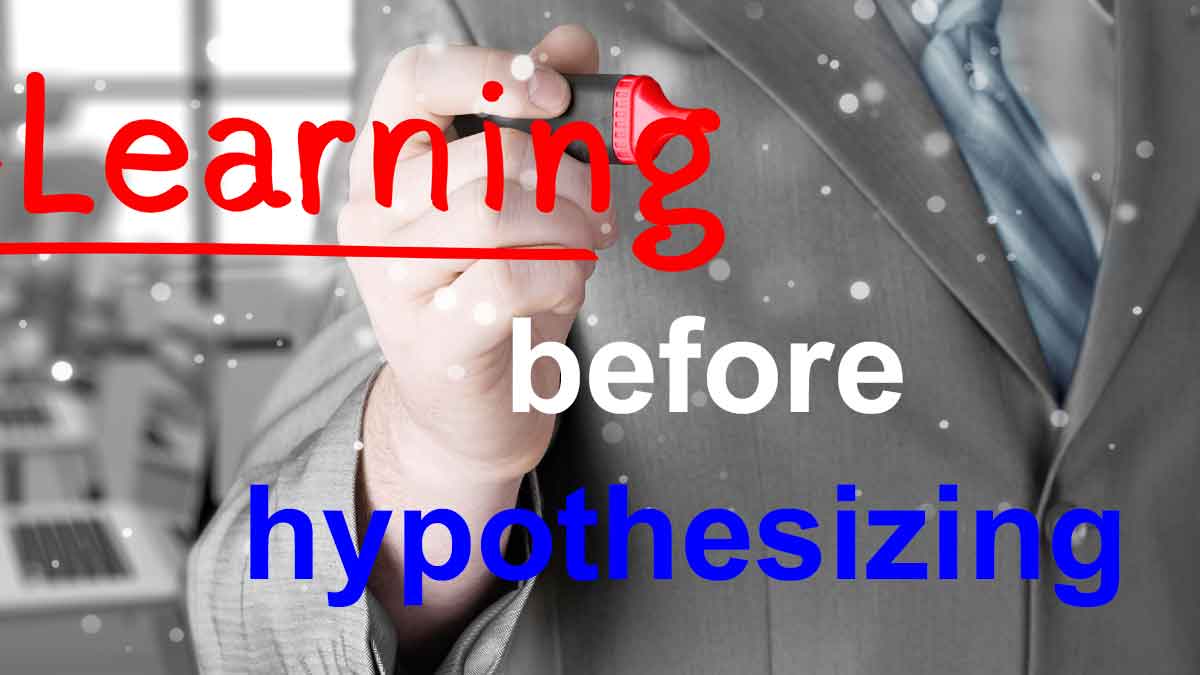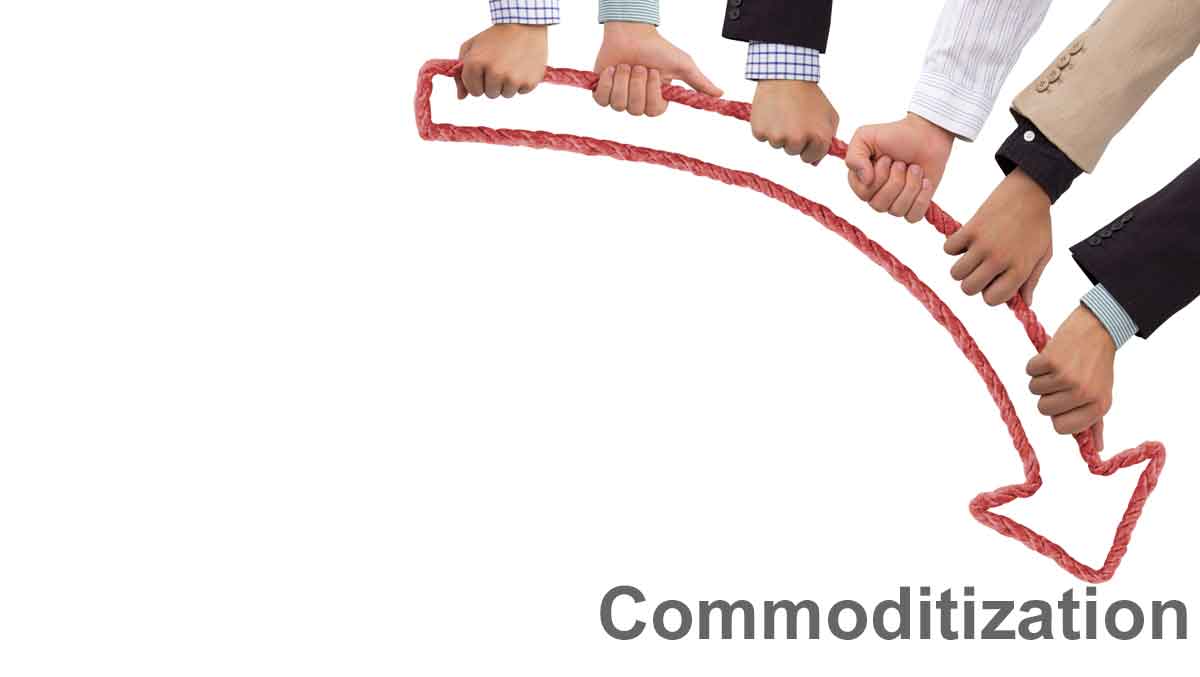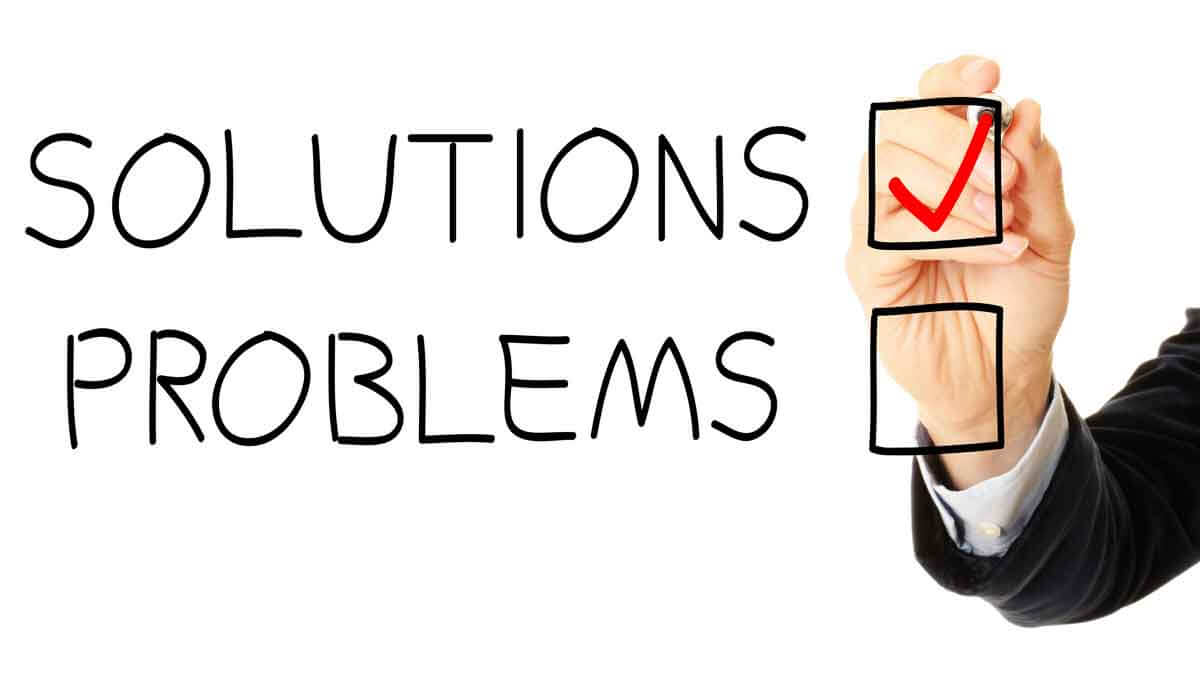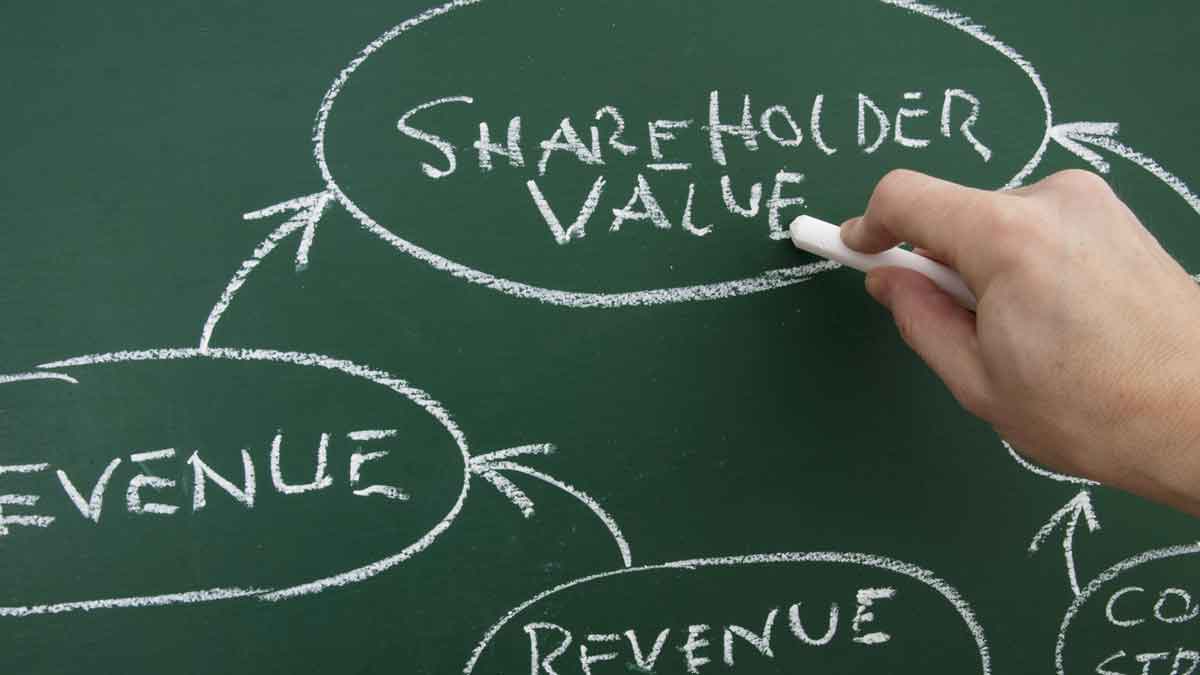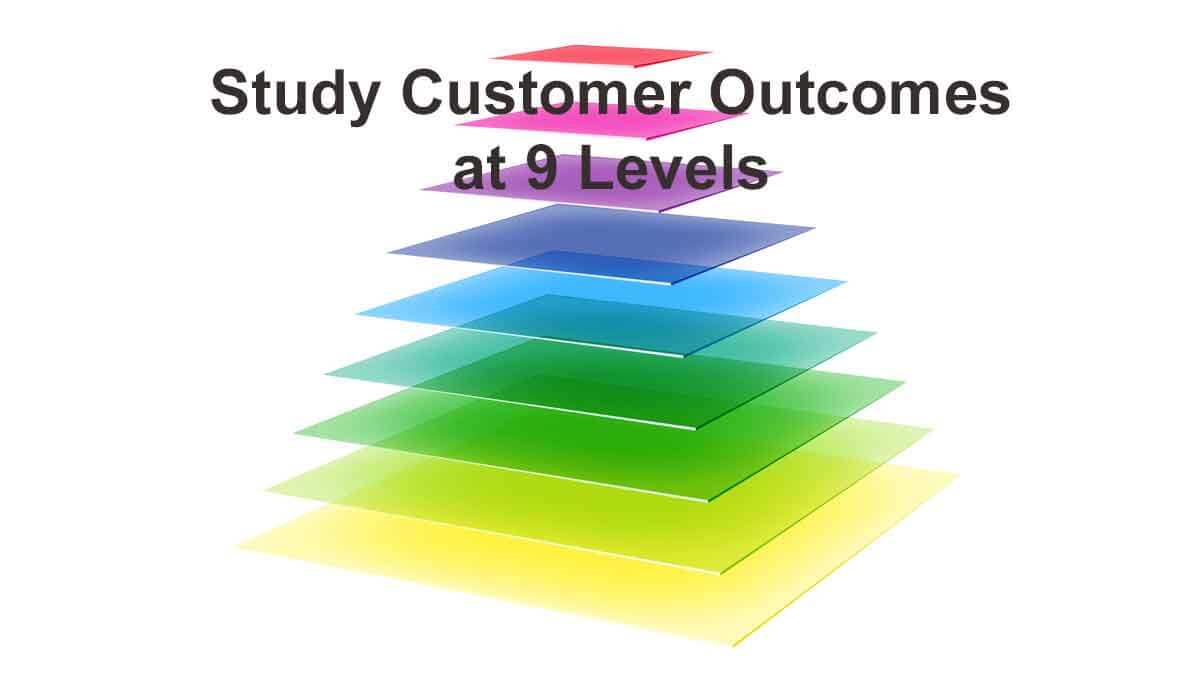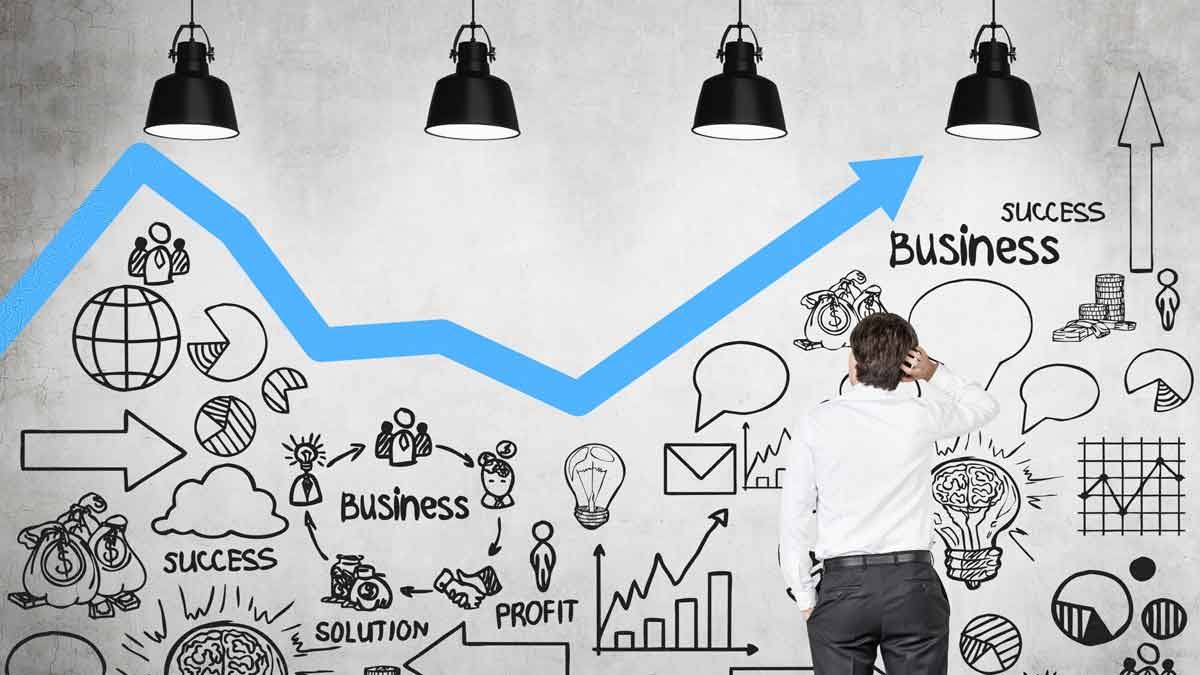The “Build-Measure-Learn” cycle in Lean Startup begins with a hypothesis, and is great for B2C. End-consumers can seldom tell you what will amuse them or increase their sense of self-worth. But knowledgeable B2B customer can predict their desired outcomes. So start with a “Learn” pre-step. Customers will tell you all you need if you know how to ask.
More in white paper, Lean Startup for B2B (page 3).
Consider three product development stages: front-end, development and launch. Most projects reach commercial certainty in the launch phase, as sales are monitored. But you can move this certainty to the front-end. Nearly all commercial uncertainty can be eliminated before development using the science of B2B customer insight.
More in white paper, Timing is Everything (page 6).
There are many forces dragging your products toward commoditization: competitors trying to imitate your products… purchasing agents trying to standardize your products… new technologies trying to obsolete your products. In your quest toward specialty products, you’ll get no outside help. You own this one, baby.
More in article, The Commodity Death Spiral (Originally published in B2B Organic Growth newsletter).
B2B companies have huge advantages over B2C, but they may not be obvious. After all, didn’t the same fellow who bought a rail car of soda ash also buy a can of soda pop? Nope. He changed… a lot. B2B customers are more technically savvy, objective, supplier-dependent, and can predict their needs. Careful reflection of these differences leads to different approaches.
More in article, B2B Customer Interviews: Are They Different?
Isn’t a fill-in-the-blank customer questionnaire a bit… boring? If instead you keep asking, “Any other problems?”… you’ll have absolutely no idea what the customer will say next. Exhilarating? You bet. Uncomfortable? Perhaps… but only at first. With practice you’ll love it, and you’ll never go back.
More in e-book, Reinventing VOC for B2B (page 12).
This is how one B2B marketer described their launch process to me. It’s much better to use a rigorous process, documented in five brief reports: Launch Plan Summary (with strategy, team, activities & results), Prospect Profile, Message Brief, Media Guide, and Launch Results. The middle three address who to tell, what to tell and how to tell.
More in article, How to Plan an Amazing B2B Product Launch (Originally published in B2B Organic Growth newsletter).
Customers own “outcome” space. You own “solution” space. Don’t let them into your space… unless you want to become a contract manufacturer. Instead, enter their space to understand desired outcomes better than competitors. This lets you deliver unique value in your solutions, which is handsomely rewarded though premium pricing.
More in article, Should You Develop New Products like Steve Jobs? (Originally published in B2B Organic Growth newsletter).
Tell me to increase shareholder value and I struggle to identify something I can do as an employee to raise earnings per share. Tell me to understand and increase customer value, and I can think of a dozen things to do, most of them actionable, measurable, and beneficial to our bottom line. Many of these I will find inspiring… as will others.
More in article, Why Maximizing Shareholder Value is a Flawed Goal (Originally published in B2B Organic Growth newsletter).
All growth-oriented innovation starts with customer outcomes. This is what customers want to have happen, with no understanding yet of how it will happen. Nothing a company does can achieve profitable, sustainable growth unless customer value is created… which comes only by improving these outcomes.
More in white paper, Catch the Innovation Wave (page 8).
Picture this: A customer tells your sales rep what they want, who hands it off to your R&D. This clever customer tells your competitors the same thing. Terrific. If more than one supplier crosses the finish line, you can forget any price premium. Try this: You choose the race conditions by targeting an attractive market, and exploring its needs better than competitors.
More in article, Are You Squandering R&D Resources?
You begin by uncovering, understanding, defining and setting outcomes’ direction… and end by quantifying their value. Skipping just one level dramatically decreases your odds of a highly-profitable new product. Do you know how many levels are baked into your new product development process? If you don’t, it’s less than nine.
More in article, The Science behind Great Value Propositions (Originally published in B2B Organic Growth newsletter).
It’s risky to incrementalize… but “great hope” projects often absorb huge resources and end with a whimper. What’s the answer? Get out more. Spend more time in customers’ worlds to reduce commercial risk. And reduce technical risk through open innovation, tapping into external technologies. You can’t thrive today without external insight. (Hmmm… “exsight”?)
More in article, The Commodity Death Spiral (Originally published in B2B Organic Growth newsletter).
Your company’s only path to profitable, sustainable, organic growth is understanding and improving customers’ important, unmet outcomes. Today this “understanding” is your best competitive advantage, simply because most B2B suppliers have far less customer insight than they could.
More in white paper, Timing is Everything (page 3).
If you’re asked to cross an unfamiliar chasm, would it be risky? Hard to say. Until you learn if you’ll face a bridge or a tightrope, you can’t assess risk (probability). You’re just uncertain. Many companies fear risk in an unfamiliar market, when they should map out a plan to reduce uncertainty. This is especially easy to do in B2B markets.
More in white paper, Innovating in Unfamiliar Markets (pages 2-3).
